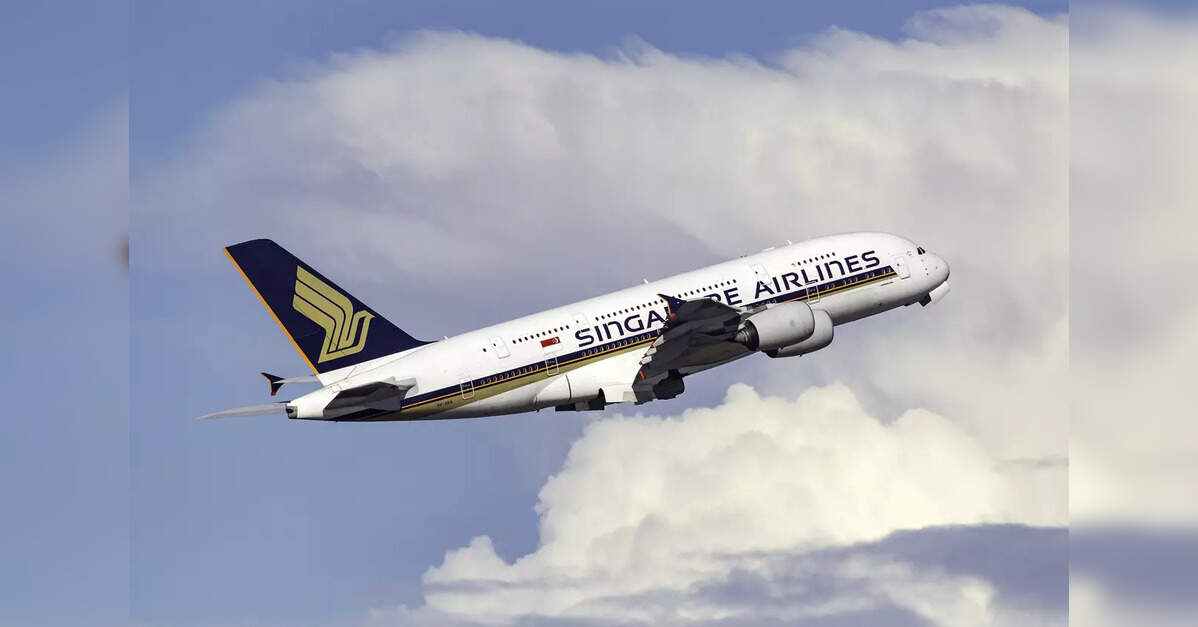
The SIA Group reported a stable financial performance for the first half of FY2025/26, marked by strong operating results despite pressures on net earnings. Group revenue increased by USD 178 million (+1.9 per cent ) year-on-year to a first-half record of USD 9,675 million, underpinned by continued demand for air travel across Singapore Airlines (SIA) and Scoot. The two carriers transported 20.8 million passengers during the period, representing an 8 per cent increase from the previous year. Passenger load factor rose by 1.3 percentage points to 87.7 per cent, as traffic expanded faster than capacity.Passenger yields declined 2.9 per cent due to competitive market conditions. Cargo performance remained subdued, with flown revenue decreasing by USD 31 million (-2.8 per cent) as yields softened by 4.1 per cent and cargo load factor slipped to 56.5 per cent.
Group expenditure rose by USD 170 million (+2 per cent) to USD 8,872 million. Non-fuel costs increased by 5.9 per cent (+$353 million), reflecting capacity growth and inflationary pressures. Net fuel cost dropped by 6.7 per cent (-$183 million), driven by a 12.7 per cent fall in fuel prices. Higher fuel uplift volumes and a shift from a hedging gain to a hedging loss partially offset the benefit of lower prices.
As a result, the Group achieved an operating profit of USD 803 million, a marginal year-on-year improvement. However, net profit declined by USD 503 million (-67.8 per cent) to USD 239 million. The fall was mainly attributed to a USD 103 million reduction in interest income and a USD 417 million drop in the share of results from associated companies, reflecting Air India’s losses. The Group began equity accounting for Air India after Vistara’s full integration into the airline in December 2024.
For the second quarter, operating profit rose by 22.5 per cent to USD 398 million, supported by record quarterly revenue of USD 4,885 million. Passenger flown revenue increased by 2.2 per cent, while cargo revenue continued to face yield and load pressure. Group expenditure for the quarter edged up 0.7 per cent to USD 4,486 million.
Total Group shareholders’ equity stood at USD 15.5 billion as of 30 September 2025. Debt balances fell by USD 2 billion, lowering the debt-equity ratio to 0.70 times. Cash and bank balances closed at USD 6.4 billion following dividend payments and debt repayments, partly offset by strong cash generation from operations. A further USD 2.1 billion was held in long-term fixed deposits, with an additional USD 3.3 billion in undrawn committed credit lines.
As of 30 September 2025, the Group operated a fleet of 208 aircraft, with a further 67 on order. Network development across both SIA and Scoot will focus on meeting peak-season demand, with frequency increases across key destinations and the launch of new services, particularly within South-East Asia.
The Group continued to strengthen regional partnerships, deepen commercial cooperation, and enhance its customer proposition through initiatives such as updated codeshare agreements, a new in-flight safety video, and adjustments to the KrisFlyer loyalty programme.
The company has proposed a capital return plan consisting of a special dividend of 10 cents per share annually for three financial years. For the current financial year, the Board declared an interim special dividend of 3 cents and an interim dividend of 5 cents per share, both payable on 23 December 2025.
Looking ahead, the Group expects air-travel demand to remain firm during the year-end season, supported by disciplined capacity deployment. Cargo markets remain volatile, with yields under continued pressure. Broader industry risks include geopolitical tensions, inflation, and supply chain constraints, though the Group emphasises its strong balance sheet, cost discipline, and investment in service, product, and network strength.’


